
Web content producer
I left Greece before the backfilling of the Zagora Archaeological Project (ZAP) trenches was completed, so Hannah Gwyther stepped in and took (and arranged others to take) photographs of the process so that we could share them with you on this blog. Thanks again, Hannah! (Most of our archaeologists, including Hannah, worked on the backfilling, although only a few are seen in these photos. I know how hard they will all have worked.)
Each trench that has been excavated was covered with protective geo-textile which was then weighed down with stones. Then soil and more stones are placed over that. The aim is to protect the trenches from any kind of environmental damage, including wind, rain and possible damage from plant roots should plants take seed there.
Now the focus is on research into the finds from the excavations at Zagora in 2012, 2013 and 2014, and the preparation of publications about that research.
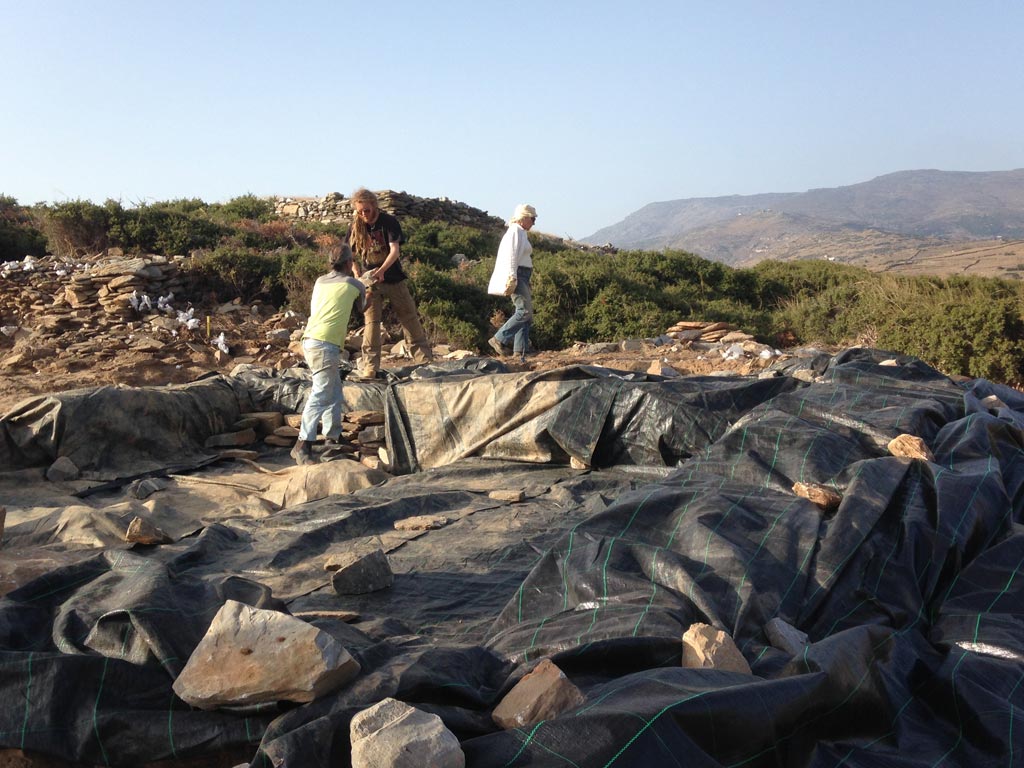
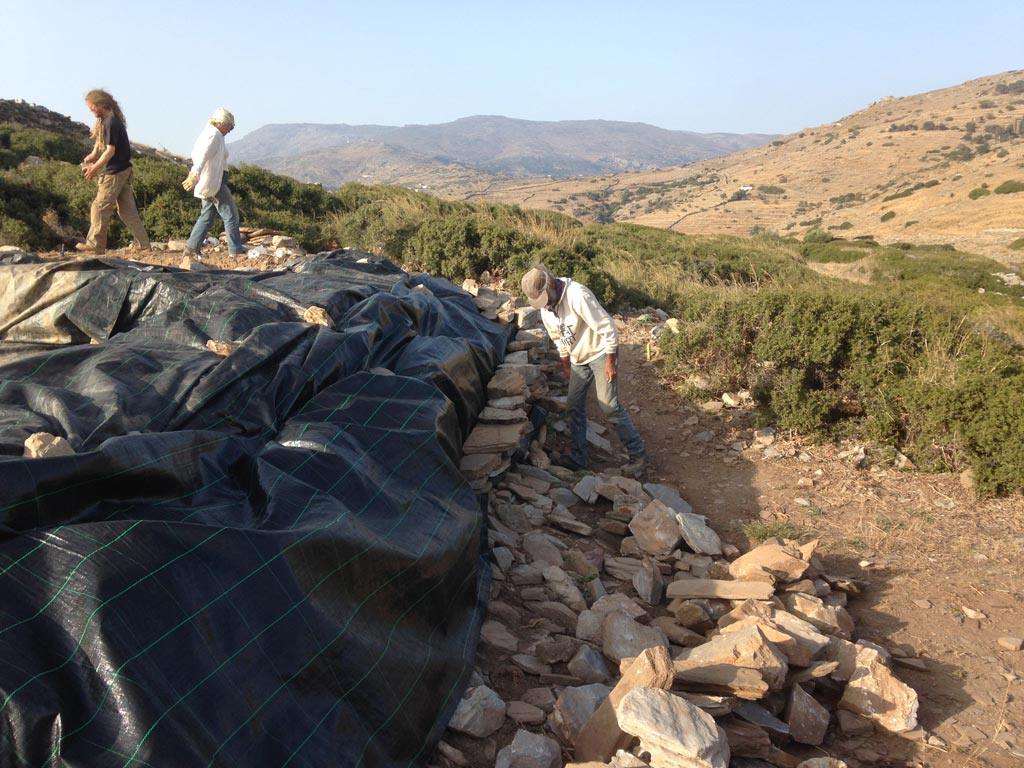
In due course, funding will be sought to resume excavations. We expect that when excavations recommence, each of the trenches will have been well protected, and the work can be taken up again where it was left off this year.
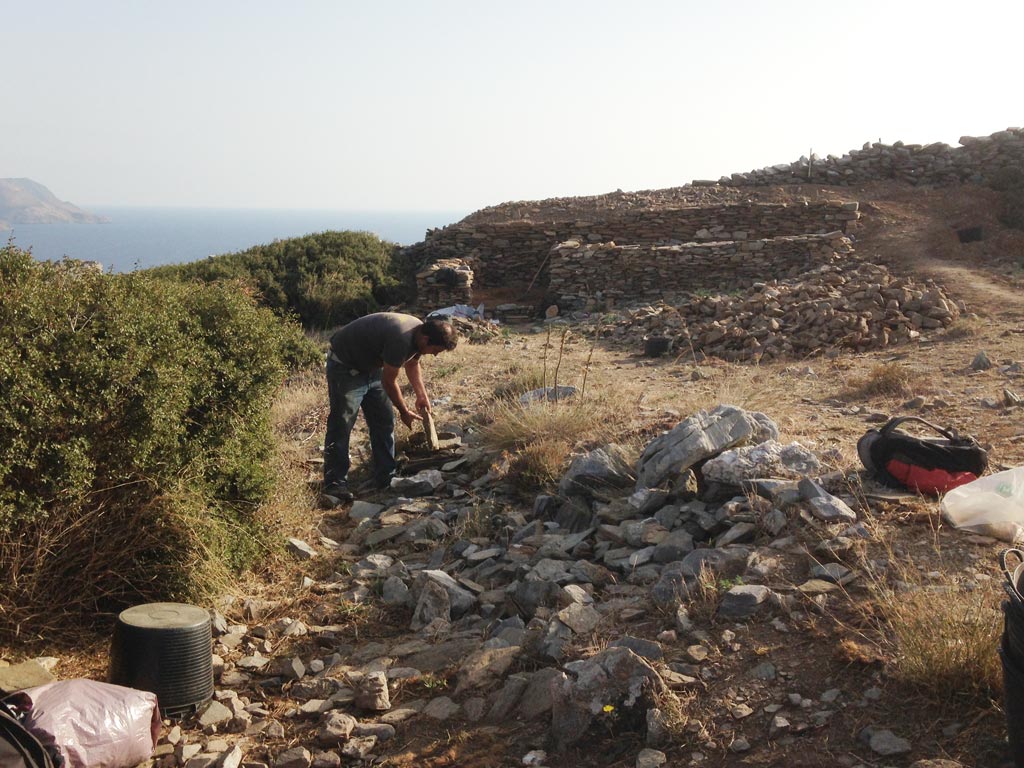
We hope that Hannah’s photos give you an idea of how much soil and stones were wheelbarrowed, lifted, carried and placed onto the trenches by our heroic and stoic Zagora archaeologists. Fantastic work, guys! I bet you earned your refreshments that night back at the Kantouni!
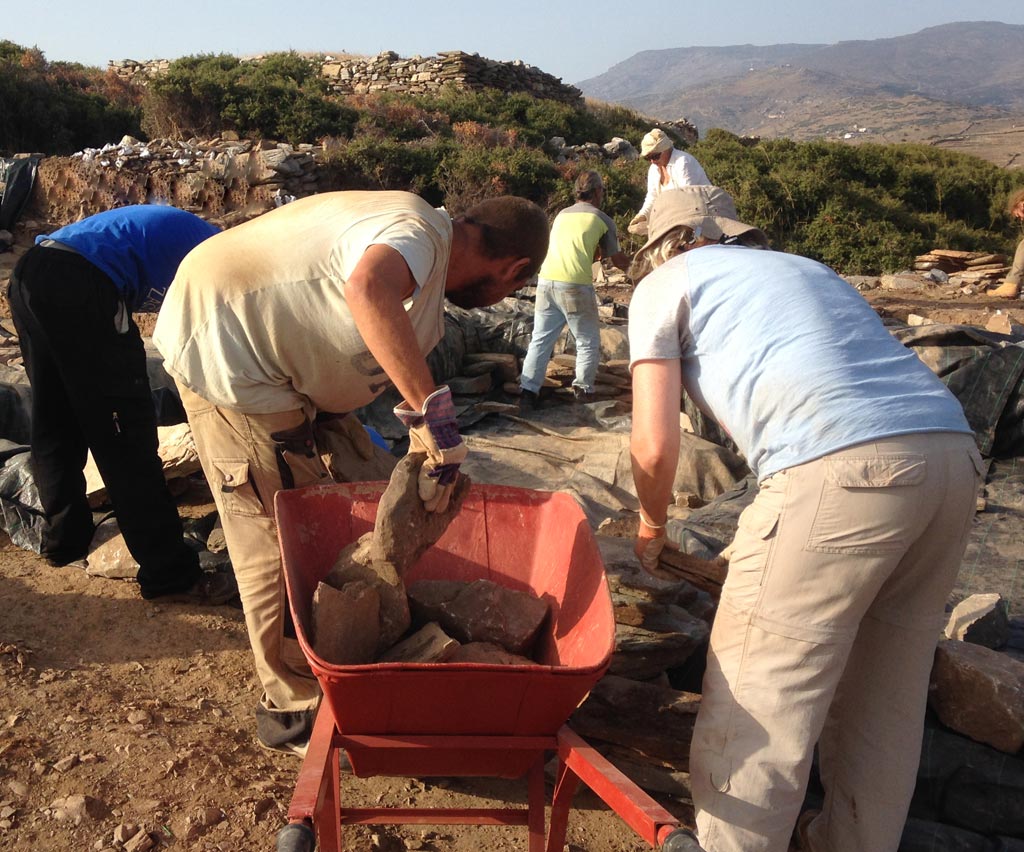
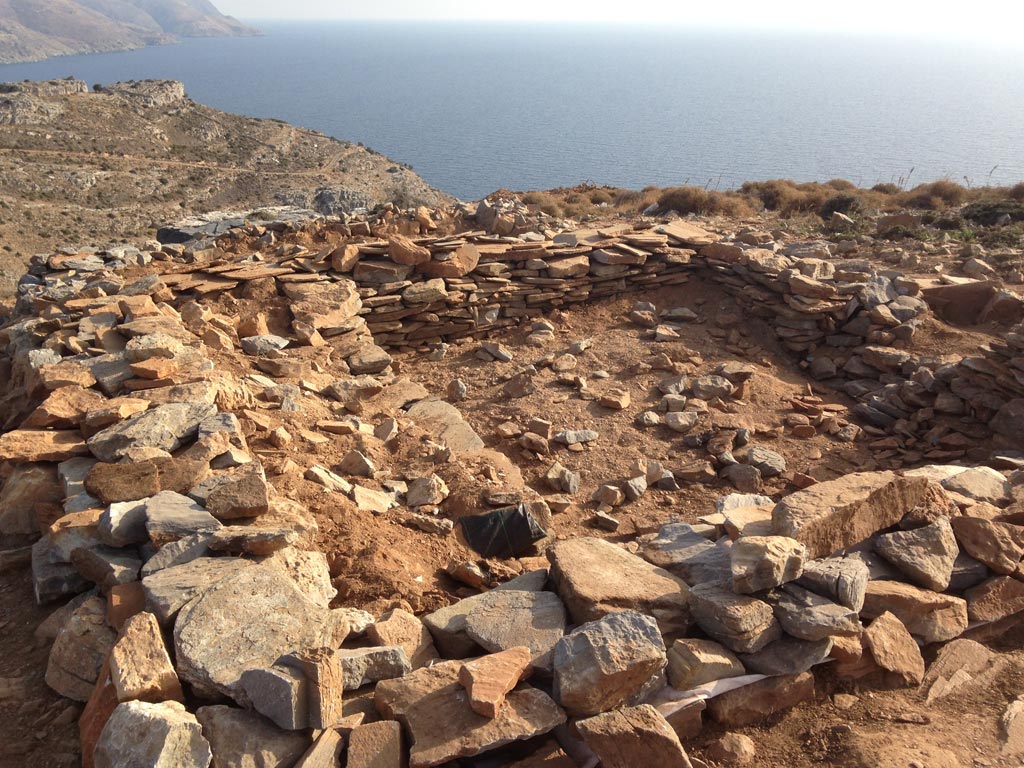
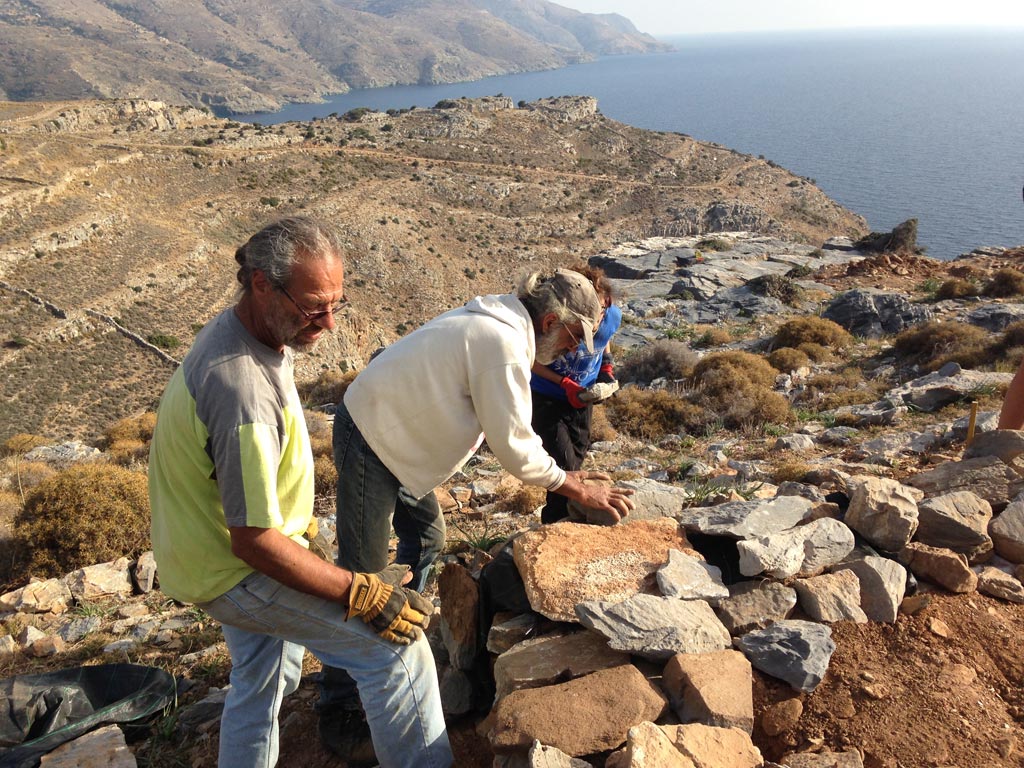
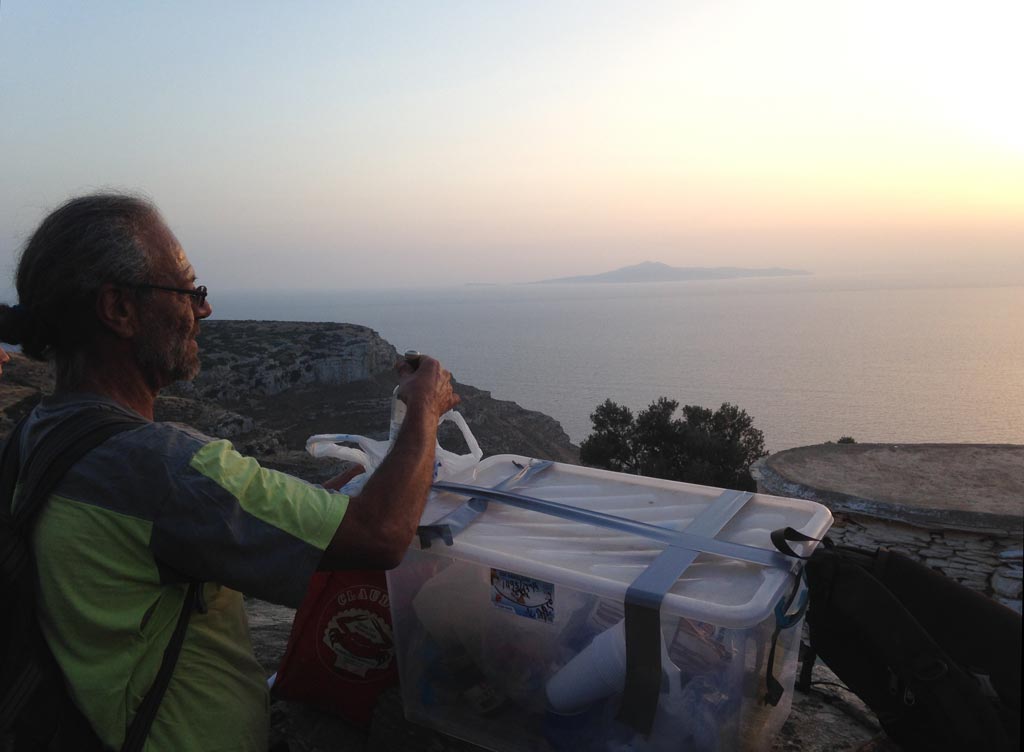
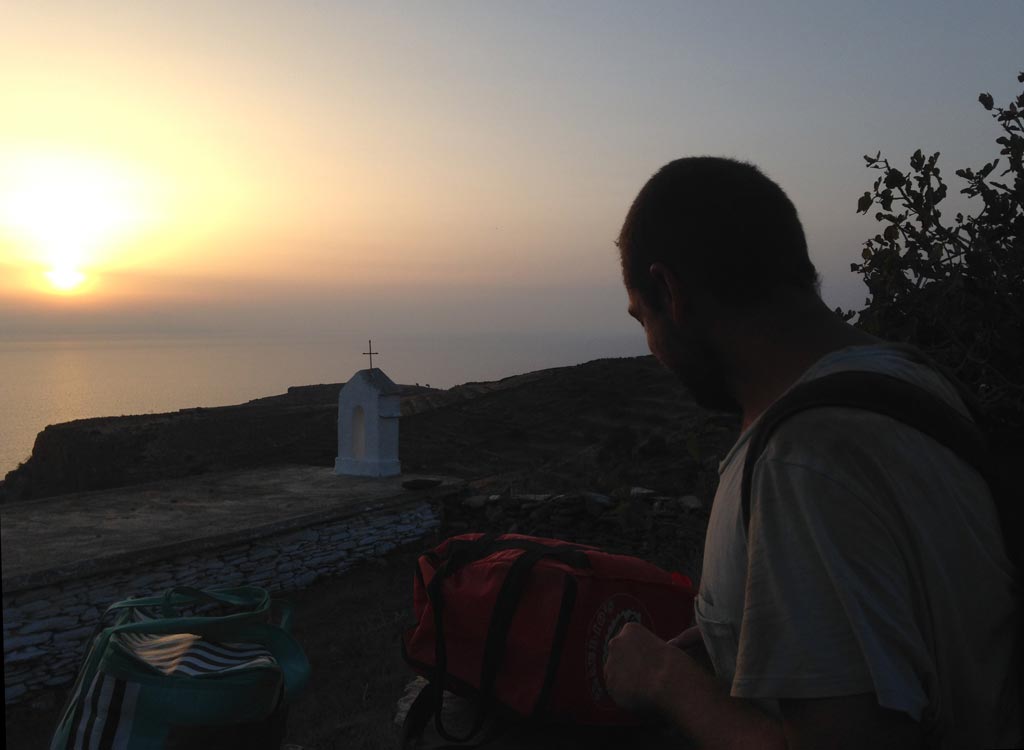
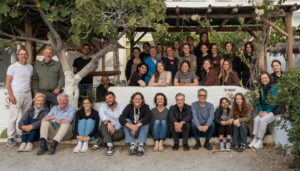
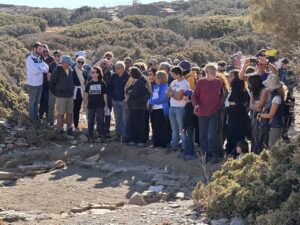
2 thoughts on “Backfilling Zagora trenches”
Hi, Zagora Team,
Wonderful blog! I will be on Andros from c 16th – 26th July 2015, staying at Felos bay ( I used to live in Athens as a child in the 80s, and we’d visit Andros every summer…)
I am fulfilling a dream by studying for a BA in Archaeology via Leicester University, and volunteer on an Iron Age site out here in Dubai where I am currently living. I imagine that things will be pretty quiet on Andros in July, and I see the trenches are backfilled until the next season can be budgeted for, but would there be any opportunity to visit Zagora even so? I would love the opportunity!
Best wishes,
Anelisa Lambert
Hi Anelissa
It’s fantastic that you are fulfilling your dream by studying archaeology. If you’re already volunteering on a dig in Dubai, you know the wonder of discovering and connecting to the past through your fingertips and imagination. On the Andros Routes website, there are walks, including the path to Zagora from Stavropeda, marked with a ‘7’ along the path. So you will be able to walk down there. More information is here: http://www.androsroutes.gr/en/andros-paths-2/south-andros/stavropeda-arxaiologikos-xoros-zagoras/ Take water with you, especially in July. And I used a trekking pole to help with the uneven path but most walked down without one. I do hope you enjoy it. …. Just curious – how did you come across our blog? Kind regards, Irma